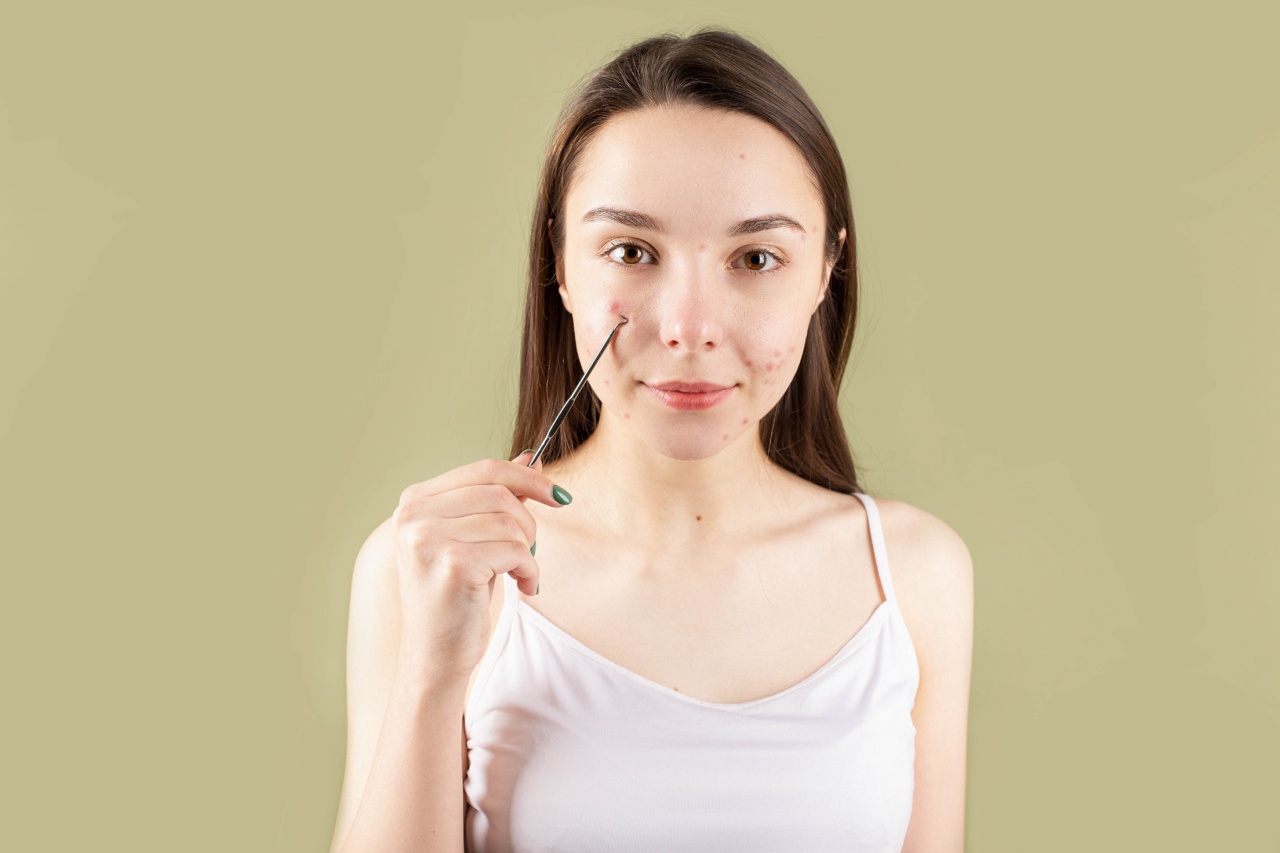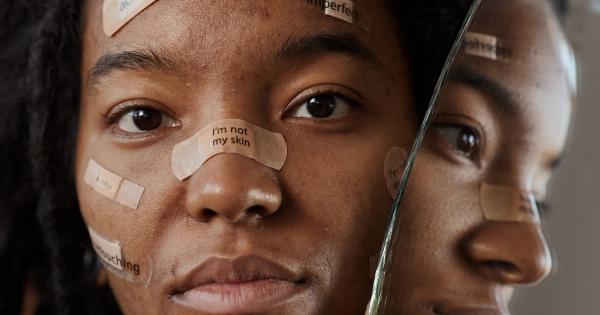Acne is a common skin condition that affects millions of people worldwide, particularly during adolescence. However, it can persist into adulthood or develop in later years as well.
While acne is often associated with hormonal changes during puberty, it can be triggered by various factors. This article aims to provide an in-depth understanding of acne, including its causes, symptoms, and available treatments.
Causes of Acne
Acne primarily occurs when hair follicles become clogged with oil and dead skin cells, leading to the formation of pimples, blackheads, or whiteheads. Several factors contribute to this process, including:.
- Hormonal Changes: Hormonal fluctuations, especially during puberty, can stimulate the sebaceous glands to produce excess oil. This oil, known as sebum, clogs the pores and encourages acne formation.
- Genetics: Acne can have a hereditary component, meaning that individuals with a family history of acne may be more prone to developing the condition.
- Diet: Studies have shown a potential link between certain foods and the severity of acne. High-glycemic-index foods and dairy products may worsen acne symptoms in some individuals.
- Stress: Elevated stress levels can contribute to acne flare-ups, as stress hormones may increase oil production and inflammation in the skin.
- Environmental Factors: Exposure to pollutants, such as air pollution and certain chemicals, can irritate the skin and contribute to acne development.
Symptoms of Acne
Acne can present itself in various forms, with different symptoms and severity levels. The most common symptoms of acne include:.
- Blackheads: Open comedones that appear as small, dark spots on the skin. They occur when the hair follicles are partially blocked, allowing the trapped oil and dead skin cells to oxidize and turn black.
- Whiteheads: Closed comedones that appear as small, flesh-colored bumps on the skin. They occur when the hair follicles are fully blocked, preventing the trapped oil and dead skin cells from reaching the surface of the skin.
- Papules: Small, raised, red bumps that are tender to the touch. These occur when the hair follicles become inflamed due to excess oil and bacteria.
- Pustules: Inflamed, pus-filled lesions that are typically red at the base with a white or yellow center. Pustules are often visible on the surface of the skin and can be painful.
- Cysts and Nodules: Large, deep, and often painful lumps under the skin. These severe forms of acne are more likely to cause scarring and require medical intervention for treatment.
Available Treatments for Acne
Fortunately, there are several effective treatment options available to manage and reduce acne symptoms. The choice of treatment depends on the severity of the acne and individual factors. Common treatment methods include:.
- Topical Treatments: Over-the-counter or prescription creams, gels, or lotions containing ingredients like benzoyl peroxide, salicylic acid, or retinoids can help unclog pores, reduce inflammation, and kill bacteria.
- Oral Medications: In cases of moderate to severe acne, oral medications like antibiotics, hormonal contraceptives, or isotretinoin may be prescribed to alleviate symptoms and manage oil production.
- Procedural Interventions: Procedures such as chemical peels, microdermabrasion, or laser therapy can aid in reducing acne symptoms, improving skin texture, and reducing scarring.
- Lifestyle Modifications: Effective management of acne involves practicing good skincare habits, avoiding excessive touching or picking of the skin, maintaining a balanced diet, and managing stress levels.
Preventing and Managing Acne
While it may not always be possible to prevent acne completely, certain measures can help minimize its occurrence and manage symptoms:.
- Maintain a Consistent Skincare Routine: Cleanse the face twice a day using a gentle cleanser and use non-comedogenic moisturizers to keep the skin hydrated without clogging the pores.
- Avoid Excessive Face Touching: Touching the face frequently can transfer dirt, bacteria, and oils from the hands to the skin, potentially exacerbating acne symptoms.
- Use Non-Comedogenic Makeup: Opt for makeup labeled as non-comedogenic, meaning it is less likely to clog the pores and contribute to acne formation.
- Avoid Squeezing or Picking Acne: Picking or popping pimples can lead to inflammation, infection, and scarring. It is best to leave acne lesions alone and let them heal naturally.
- Protect the Skin from Sun Exposure: While some sun exposure can initially improve acne symptoms, prolonged exposure can lead to skin damage and potentially worsen acne. Therefore, apply a broad-spectrum sunscreen with an SPF of at least 30 when spending time outdoors.
Conclusion
Acne is a widespread skin condition that affects individuals of all ages. Understanding the causes, symptoms, and treatment options available is crucial in effectively managing the condition.
By adopting a comprehensive approach that includes proper skincare, medical interventions when necessary, and overall lifestyle modifications, individuals can successfully minimize acne symptoms and improve their skin health.































